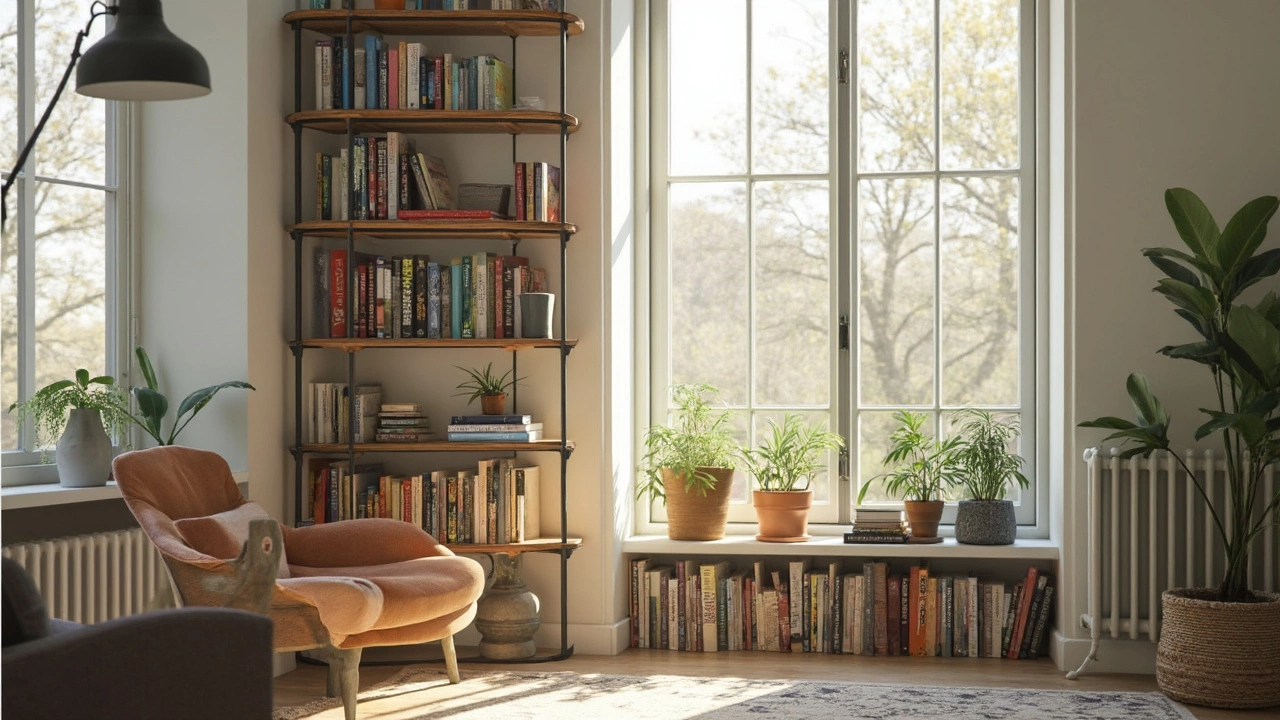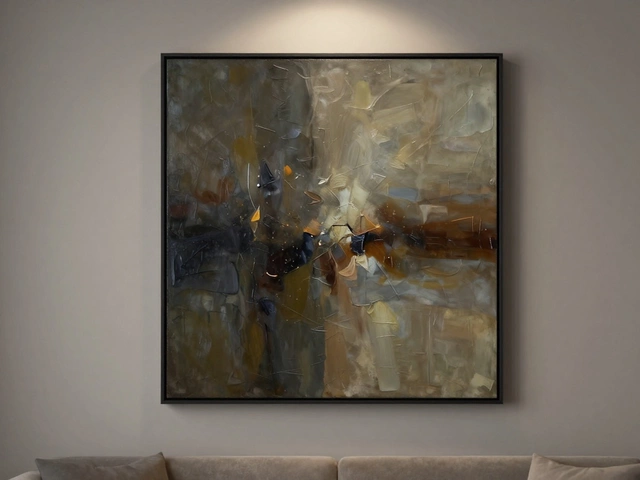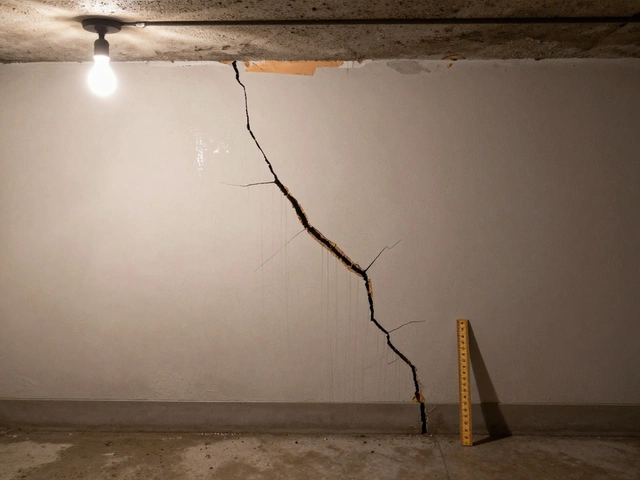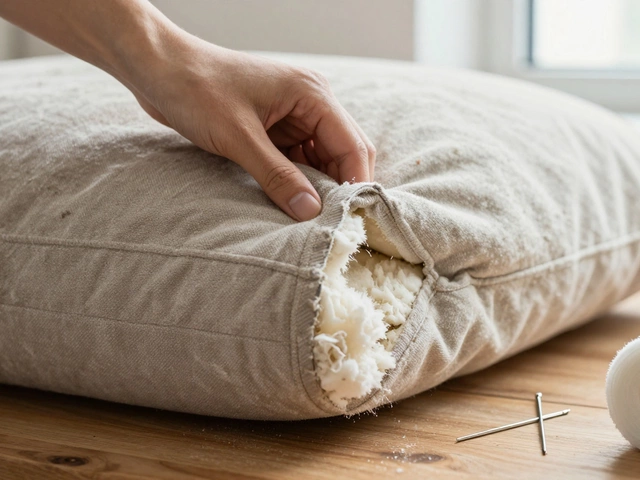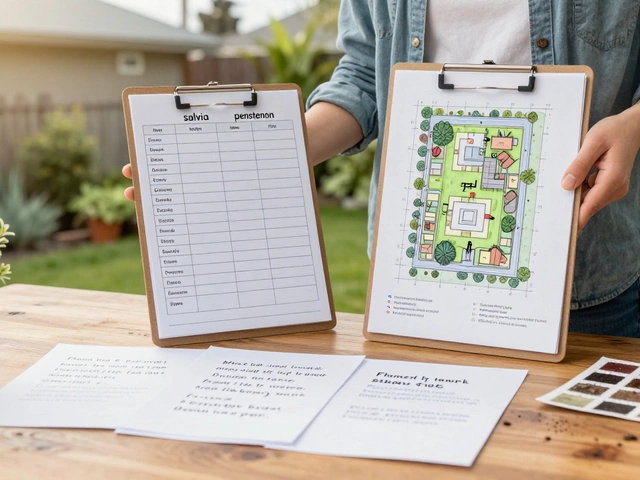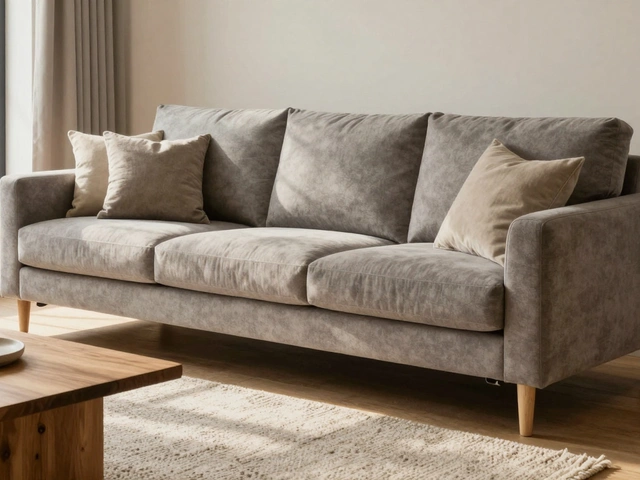Bookcase Placement: Smart Tips for Style and Space
When working with bookcase placement, the practice of positioning a bookcase to balance look, function, and room flow. Also known as shelf arrangement, it helps you organize books, décor, and everyday items without crowding the space. Bookcase placement encompasses space planning, so you can keep pathways clear while showcasing favorite reads.
Why Home Storage Management Matters
Effective home storage management, the system of sorting, storing, and accessing your belongings efficiently. Also called household organization, it influences where a bookcase should sit. If you map out storage zones first, the bookcase naturally fits into a gap that otherwise would be wasted. Good storage management reduces clutter, which means the bookcase can serve as a display rather than a hide‑away for loose papers.
When you pair storage management with sideboard, a low cabinet often used for dining or living‑room storage. Sideboards act as visual anchors; placing a bookcase next to one creates a balanced wall segment and frees up floor space. This setup also lets you hide less‑attractive items in the sideboard while the bookcase holds eye‑catching décor. The relationship is simple: sideboards influence bookcase placement decisions by defining height, depth, and visual weight.
Another key player is the living room layout, the arrangement of furniture, traffic flow, and focal points within a living area. A well‑planned layout tells you where the natural eye line runs, where traffic passes, and where you need storage. If the couch faces a TV, you’ll likely want the bookcase on a side wall to avoid blocking the view. The layout also determines whether a tall, narrow bookcase or a shorter, wider unit works best. Align the bookcase with existing furniture groups to keep the room feeling cohesive.
Beyond these core entities, consider the broader concept of furniture arrangement. Positioning a bookcase isn’t just about the piece itself; it’s about how it talks to nearby chairs, desks, or entertainment centers. A common mistake is to push a bookcase against a wall without checking the distance to the ceiling or floor. Leave a few inches of breathing room to avoid a cramped vibe. Use the rule of thirds: place the bookcase roughly one‑third across the wall to create visual balance.
Now that you understand the main players—home storage management, sideboards, and living‑room layout—applying them is straightforward. Start by clearing the area: remove unnecessary items, measure wall space, and note the height of surrounding furniture. Sketch a quick floor plan on paper or a phone app; draw in the couch, TV, sideboard, and then experiment with the bookcase position. Test the flow by walking the path; if you feel squeezed, shift the bookcase a few inches or try a different orientation.Finally, think about lighting and décor. A bookcase near a window gets natural light, which highlights spines and reduces the need for extra lamps. If you place it under a ceiling fixture, use LED strips to brighten lower shelves. Remember, the goal is to make the bookcase an inviting feature, not a storage dump.
Below you’ll find articles that dive deeper into each of these ideas—tips on maximizing storage, choosing the right sideboard, planning your living‑room flow, and more. Use them as a toolbox to turn your bookcase placement from a guess into a confident design move.
Bookshelf in Front of a Window: Smart Idea or Decorating Disaster?
Thinking about putting a bookshelf in front of a window? It’s not as simple as it sounds. This article digs into how blocking light can mess with your space, what it does to your books, and whether it could actually work for your room. You'll find real-life tips on making the most out of tricky layouts. Get inspired to style your bookshelf without turning your window into a gloomy corner.
full article